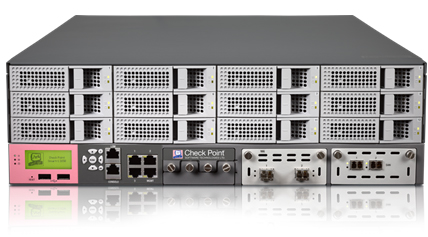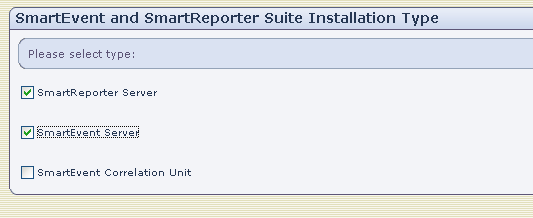

The rulebase is likely to be constantly evolving so the effectiveness of the Stealth rule should be periodically tested it may need to be re-positioned to maintain effectiveness. The purpose of the Stealth rule is to drop unauthorized connections destined to the firewall protecting the firewall from being scanned and attacked.

The Stealth rule should be located as early as possible in the policy, typically placed immediately after the management rules.If the 'noise' traffic is mixed with 'useful' traffic then additional noise rules can be placed within the Business related rules section to drop the unwanted noise traffic once the useful traffic has been matched. The use of a Noise rule helps to make the firewall more efficient by dropping unwanted traffic high up in the rulebase instead of at the bottom of the rulebase (clean-up rule). The purpose of the Noise rule is to drop unwanted traffic such as NetBIOS traffic as high up in the rulebase as possible.If the implied rules have been disabled then specific rules to permit all required connections to and from the firewalls will be required. The admin and management rules control access to the firewall e.g. The green coded rules are VPN, management and noise rules.This is often done to harden or 'nail-down' the rulebase. The enabled default Implied rules can be selectively turned off if not required or if the administrator has created specific rules to replace them. The blue coded rules are the Implied Rules (Policy > Global Properties > Firewall Implied Rules).The sub-sections that are most heavily used should be placed highest in the rulebase (so long as doing this does not compromise SecureXL tuning). The Business related rules section contains the rules that regulate your business traffic.īusiness related rules should be grouped together in logical sub-sections to make the format of the rulebase easy to understand.The rules within the rulebase are generally arranged as shown below: Always place more specific rules first and the more general rules last to prevent a general rule from being applied before a more specific rule. Having the same rules, but putting them in a different order, can radically alter the effectiveness of the firewall. Rule order is a critical aspect of an effective rulebase because it can affect both the operational performance of the firewall and the operative accuracy of the policy.

* Note: R75.20 and R75.40 versions require installation of ReportingServer hotfix.
#Checkpoint smartreporter install
Install one of them as the SmartReporter server: These versions include the improved database. Other SmartReporter licenses are suitable to work with all versions, and no action is needed. Warning: Can't find ::CPSB-RPRT-N-C XX00 in cp.macro. Otherwise, while connecting to SmartReporter client, or running ' cpstart' command, the following error will appear: These licenses are suitable to work with the improved SmartReporter database only. This solution is applicable only for SmartReporter customers who use one of the following licenses:


 0 kommentar(er)
0 kommentar(er)
